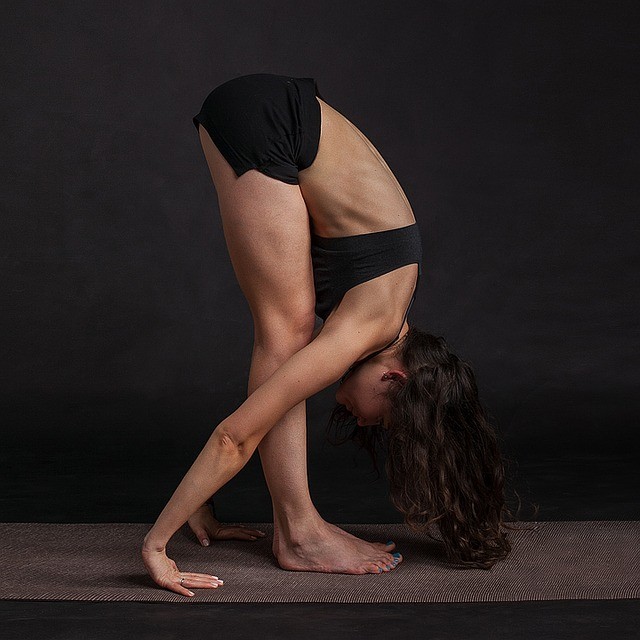Decreased lung capacity risks
Our maximum lung capacity is about six liters, yet we can’t preserve this lung volume throughout our entire life. It decreases with age. By the time we are 25 years old, our lung capacity reaches maturity, and it starts declining as soon as we turn 35, making it more and more challenging to supply our organs with enough oxygen. As we get older, our nervous system lung tissue, muscles and bones experience changes which harm the air exchange process. Unfortunately, most people only use 10-20% of their breathing capacity even when their lung capacity is at its fullest. By not getting enough oxygen, our overall health suffers tremendously. Health risks related to decreased lung capacity include:
heart failure risk less energy and more fatigue reduced metabolic and digestive functions higher risk of inflammation decreased focus, concentration and memory stamina and endurance decline during activity
Fortunately there are certain methods to increase our lung capacity and avoid health risks associated with low lung volume. Deep breathing exercises are safe, easy and effective ways to detoxify our bodies, relieve anxiety and stress, increase our lung capacity, and improve our overall health. Before you start keep in mind essential rules and precautions:
Always assume an upright position while performing breathing exercises. Start with shorter periods of time, and slowly increase the time as you progress. Take deep and slow breaths to ensure your lungs are emptied entirely. Pay attention to your body and lung limits and make sure not to push yourself too hard. Relax your muscles. Acclimatize your body to the surroundings and temperature.
1. Pushing out
Super-Power Breathing authors, doctors Paul and Patricia Bragg, suggested this exercise for increasing lung capacity:
Start standing up with knees loose Bend over from waist as you push out all air from your lungs Inhale as you slowly return to an upright position Stop inhaling once you reach your fullest lung potential Keep your breath for about 20 seconds with both arms extended fully overhead Slowly exhale
2. Rib stretch
As your ribs stretch during this exercise, your lungs can increase their volume and take in more oxygen.
Stand straight and exhale deeply Inhale slowly until you reach your maximum lung capacity Hold your breath for 20 seconds, resting your hands on your hips Exhale slowly
3. Abdominal breathing
via Return 2 Health This exercise relaxes and expands your abdomen, allowing your diaphragm to descend, leaving enough room for your lungs to fill with air.
Stand straight with one hand on your belly and the other one on your chest Inhale fully through the nose making sure the hand on your belly is higher than the one on your chest Hold your breath for 7 seconds Exhale through your mouth for 8 seconds Tighten your abdominal muscles in order to expel any air left
4. Oriental breath
via wikiHow
Inhale and exhale standing in an upright position Take 3 breaths in through your nose without exhaling Inhale one more time, raising your arms in front of you to shoulder level Inhale once again, opening your arms and raising them overhead Exhale all the air as you bring your arms down next to your body
5. Numbered breath
Numbered breath exercise gradually increase your lung capacity over time.
Stand in an upright position and close your eyes Take a deep breath Expel all air from your lungs Take another deep breath and think of the number 1 Hold your breath for a couple of seconds and exhale Inhale and think of the number 2 Exhale in 3 seconds Repeat until you reach number 8



